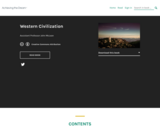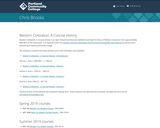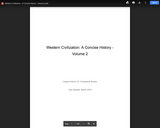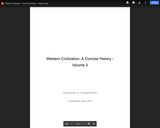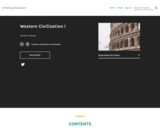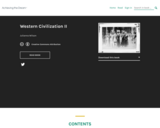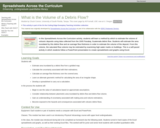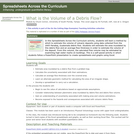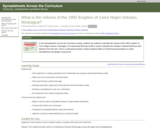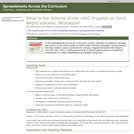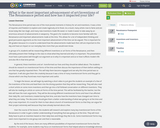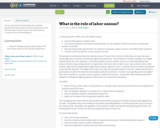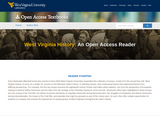
Kevin Barksdale (Marshall University) and Ken Fones-Wolf (West Virginia University) assembled this collection of essays, mostly from the journal they edit, West Virginia History, to serve as a reader for courses on the Mountain State’s history. In selecting essays, they emphasized pieces that addressed themes from differing perspectives. For example, the first two essays examine the eighteenth-century frontier and Indian-white relations, one from the perspective of Europeans seeking to destroy Native Americans and the other from the vantage of the Cherokee hoping for some security. Among the other topics highlighted in these essays are: the coming of the Civil War, the efforts of women and blacks to negotiate citizenship during Reconstruction, the struggles of immigrants and African Americans during industrialization, the impact of the Cold War, and episodes that might be grouped as part of the culture wars. As such, they offer multiple opportunities for students to compare and contrast the experiences of varying groups of West Virginians throughout the state’s history.
- Subject:
- History
- U.S. History
- Material Type:
- Textbook
- Provider:
- West Virginia University
- Provider Set:
- Open Access Textbooks
- Author:
- Ken Fones-Wolf
- Kevin Barksdale
- Date Added:
- 09/27/2018

